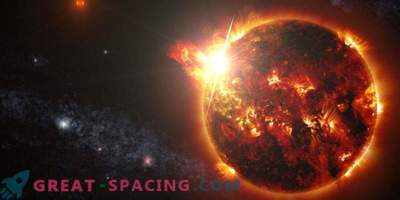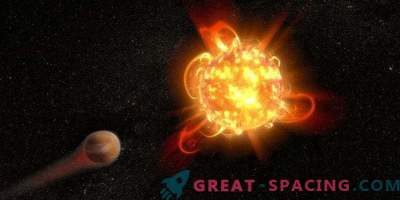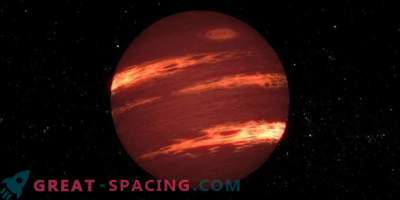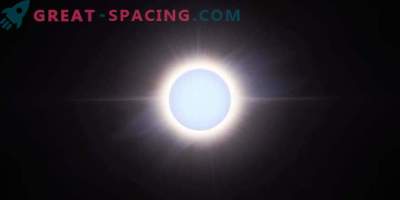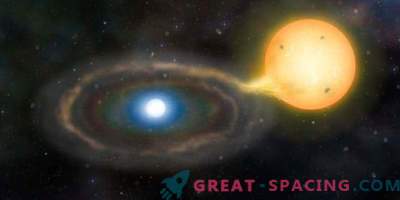
European researchers managed to find a giant flash of white light on an ultracold L-dwarf ULAS J224940.13-011236.9. This is one of the largest flashes observed in this type of objects.
L-dwarfs are considered to be changeable for many factors, including periodic modulation due to clouds, radiance radio emission, or the presence of white light flashes. The latter is carried out because of the reconnection in the magnetic field of the star, after which the lower chromosphere is heated.

Above: light curve of the flash from ULAS J2249-0112. Blue dots are NGTS photometry, and red is the most appropriate model. Below: remnants of the model
Although similar flashes are often recorded in other stars, they are rarely seen in L-dwarf stars. It is also interesting that it is in L-dwarfs that some of the biggest changes in the brightness level are noted. However, it is extremely difficult to detect events, because additional observations are needed. Astronomers decided to use a telescope system to search for NGTS transits. On August 13, 2017, during observations aimed at finding flares on low-mass stars, we found a super-flash of white light from ULAS J224940.13-011236.9. An ultracold dwarf L2.5 with an effective temperature of 1930 K appeared before the scientist, which is 10 times less than the solar indicators. The star is 248 light-years distant from us.
The flash lasted about 10.5 minutes with a rise time of 12 seconds. This is the second largest outbreak among L-dwarfs. With a spectral type of L2.5, ULAS J224940.13-011236.9 is considered the coldest star, demonstrating a flash of white light. The discovery once again proves the importance of the work of NGTS, since the event could not be fixed by other telescopes.
